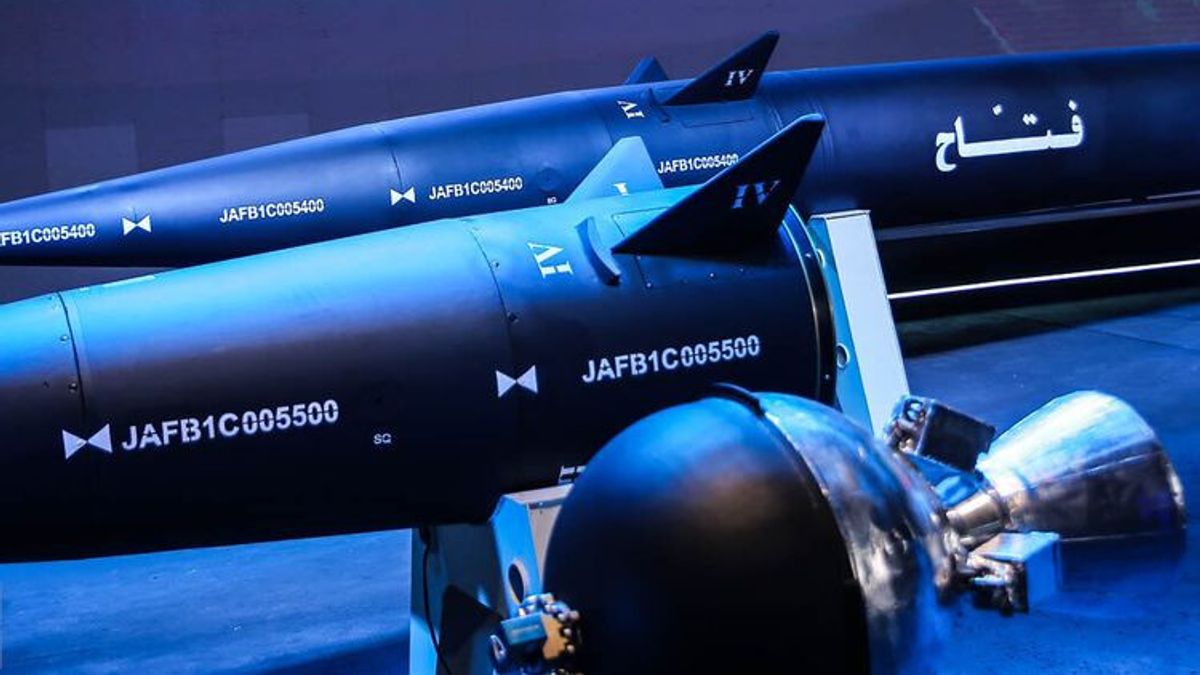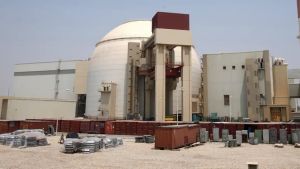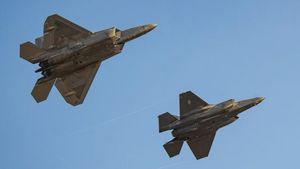YOGYAKARTA - Iran fired hypersonic missiles at Israel on Tuesday (1/10) evening local time. This attack caused a stir because the missile was able to penetrate Israel's Iron Dome advanced defense system. So what is the sophistication of Iran's hypersonic ballistic missile like?
The attacks carried out by Iran were recognized in retaliation for Israeli atrocities in Gaza and Lebanon, as well as the killings of Hamas, Hezbollah, and the Islamic Revolutionary Guard Corps (IRGC) leaders. Iran launched hundreds of ballistic and hypersonic missiles targeting Israeli military facilities.
A series of missiles from Iran illuminated Tel Aviv's sky when Israeli forces carried out an invasion of South Lebanon. The attack in droves caused the Iron Dome defense system to sound a warning siren. After the shock attack that night, many wondered about the sophistication of Iran's hypersonic ballistic missile.
According to Aljazeera media, hypersonic missiles are projectiles capable of moving at a minimum speed of Mach 5, or five times faster than sound. It is estimated that these weapons can reach speeds of up to 1.7 kilometers per second, or about 6,174 kilometers per hour.
Although some ballistic missiles have reached similar speeds, hypersonic missiles have more extraordinary capabilities. This type of missile can follow a more unexpected path on its way to the target after re-entering Earth's atmosphere. This makes it more difficult to detect radar and is paralyzed by the defense system.
Today, more and more countries are competing to develop hypersonic weapons in hopes of increasing their military advantage. But these weapons also face major challenges, such as friction with the atmosphere that causes high temperatures and superheat particles due to high speeds that disrupt radio communications.
In June 2023, Iran officially introduced Fattah hypersonic missiles. The introduction of Iran's flagship missiles was carried out months after an initial announcement by the Islamic Revolutionary Guard Corps (IRGC) in November the previous year.
Iran claims that the missile has a range of up to 1,400 kilometers and is capable of moving at Mach 15 or 5.1 kilometers per second before reaching its target. However, the range of this missile is slightly shorter than the distance between Tehran, Iran, and Tel Aviv, Israel.
The IRGC aerospace commander, Amir Ali Hajizadeh, suggested that hypersonic missiles with a range of 2,000 kilometers might be more relevant for long-range targets. With the claimed speed, Fattah could theoretically reach Israel in less than seven minutes.
The attack using this hypersonic missile will be very difficult to detect and intercept, even by Israel's Iron Dome defense system. In addition, Fattah is claimed to have secondary nozzles that can be driven and use solid propellants that provide excellent maneuverability both inside and outside the atmosphere.
The IRGC commanders stated that no missile defense system was capable of matching Fattah. Iran also calls this development a "generational leap" in missile technology. They claim that this hypersonic missile provides Iran with new defense capabilities.
SEE ALSO:
That's a quick review of the sophistication of Iran's hypersonic ballistic missile capable of penetrating Israel's Iron Dome defense. The missile is designed to have the extraordinary ability to maneuver outside the atmosphere and is difficult to detect. Also read about Israel's Iron Dome as the most effective defense system.
Stay up to date with the latest domestic and other overseas news on VOI. You present the latest and most updated nationally and internationally.
The English, Chinese, Japanese, Arabic, and French versions are automatically generated by the AI. So there may still be inaccuracies in translating, please always see Indonesian as our main language. (system supported by DigitalSiber.id)
















